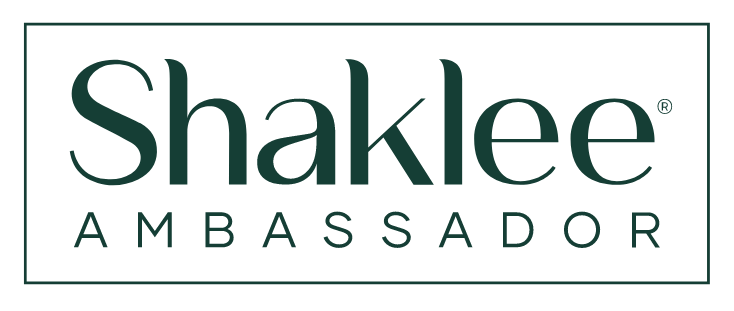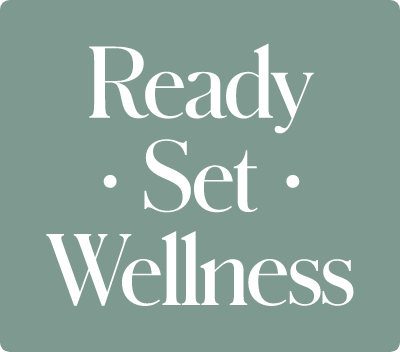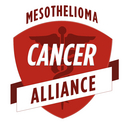 The new year held so much promise. A new beginning … New dreams … New goals. We could start fresh in 2012, so we gave it lots of thought and decided on a New Year’s resolution. Odds are it was one of the top ten New Year’s resolutions.
The new year held so much promise. A new beginning … New dreams … New goals. We could start fresh in 2012, so we gave it lots of thought and decided on a New Year’s resolution. Odds are it was one of the top ten New Year’s resolutions.
It’s the end of April and many New Year’s resolutions are long forgotten. How are you doing with yours?
Lose Weight and Get Fit
With all the weight loss products and systems, why can’t we lose weight and keep it off? Athletes know the secret: It’s leucine. Leucine helps you keep muscle while you lose weight. And since your metabolism is in your muscles, you lose the weight and keep it off. Stop the vicious diet cycle. Losing weight can be a Cinch!
Quit Smoking
Smoking is the number one preventable cause of death in the United States. There’s no good reason to smoke and every reason to quit. My Top 10 Reasons to Quit Smoking and links to resources to help you quit.
Learn Something New
Great for brain health. Take a class, learn to dance, volunteer at church or a hospital. These are just a few suggestions. The possibilities are endless.
Eat Healthy
Goodbye pizza, chips and Coke. Hello broccoli, apples and green tea. You don’t have to do it all in one day. I believe that continuing to make little changes adds up to a big difference over time. Make one little change today. I love salad. Make it interesting, add a protein and you have a healthy meal.
Get Out of Debt and Save Money
If you spend more than you earn, you’re heading in the wrong direction. The sooner you balance your spending to your income, the sooner you can start saving for larger purchases, vacation, children’s college and retirement. Make a plan and stick with it. You can Calculate your way back to financial health.
Spend More Time with Family
The number one regret people have is spending too much time working. While you’re at the office or the factory, the children grow up and sometimes spouses grow apart. You wonder where the years went. But, you can never get them back. It took me many years to realize that not everyone works 60-80 hours a week at a job. What If you could work from home, be your own boss and be there for your family?
Travel to New Places
Vacation in a distant land or close to home. There are many places in all price ranges. Even a weekend getaway can be fun and exciting.
Be Less Stressed
Suggestions: Deep breathing, meditation, yoga and Baroque music are all ways to de-stress. You may not be able to change what happens during the day, but you can change your reaction to it.
Volunteer
When you can see past your own life, you see a bigger picture.
Drink Less Alcohol
At a party, make every other drink non-alcoholic. If you have a glassful of sparkling soda with a slice of lemon or lime, you cut your calories and alcohol in half. At home, try drinking out of a smaller glass or have one less drink. Drink slowly and enjoy every sip.


























